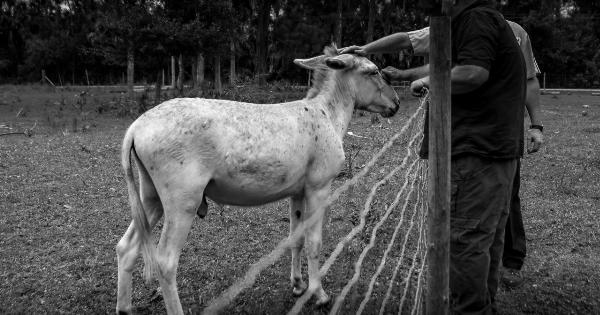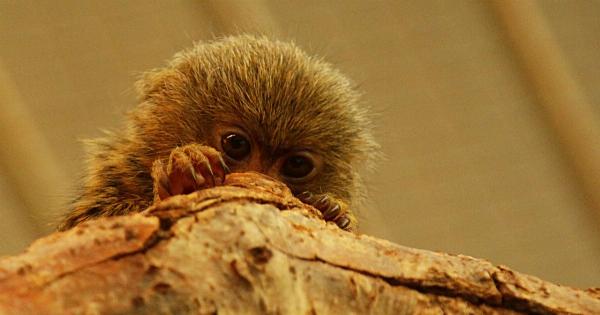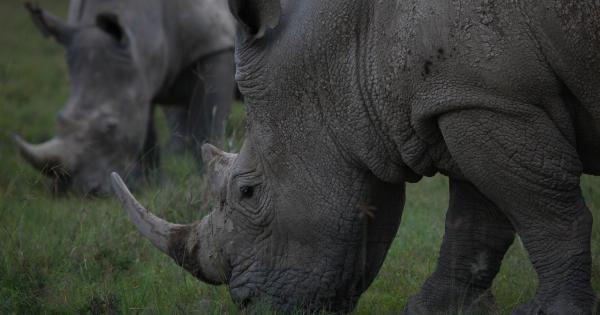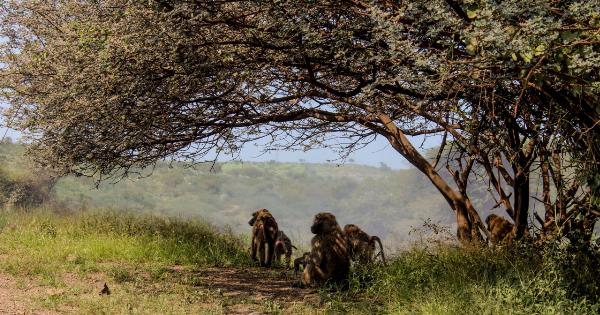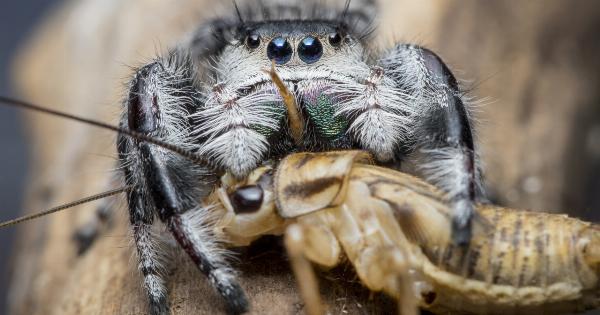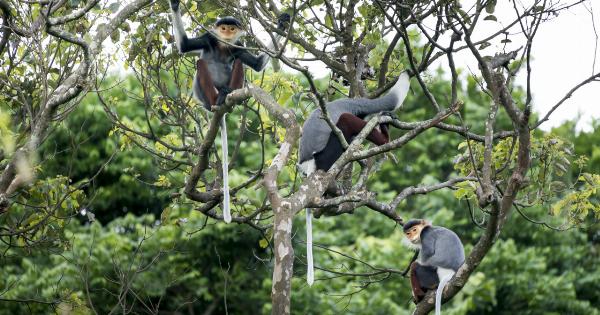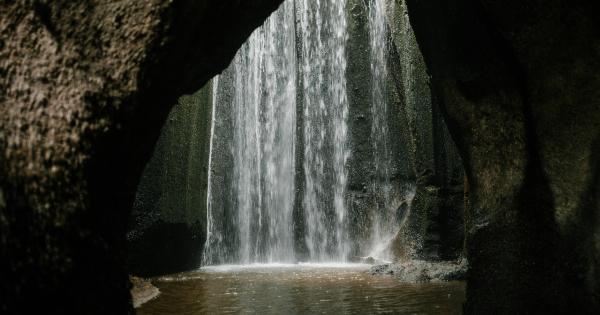Albatrosses are magnificent, large seabirds that have fascinated humans for centuries. Known for their incredible wing spans, these birds exemplify the art of survival in the most challenging environments.
In this article, we will explore the remarkable abilities and behaviors of albatrosses that provide valuable insights into the secrets of survival.
The Longest Wingspan in the Avian World
When we think of survival, one of the first things that come to mind is adaptation. Albatrosses, with their impressive wingspans, have truly mastered this aspect.
These seabirds have the longest wingspans among any living bird species, with the Wandering Albatross boasting a record wingspan of up to 11.5 feet. This exceptional adaptation allows them to soar effortlessly for hours and cover great distances, which is essential for their survival in the vast oceans.
Navigating the Open Ocean
Survival often relies on the ability to navigate the ever-changing environment, and albatrosses have developed extraordinary skills in this area.
These birds possess a remarkable sense of direction and are known for their precision in long-distance navigation. They can travel thousands of miles across the open ocean without the need for visual cues or landmarks, thanks to a combination of celestial navigation, the Earth’s magnetic field, and their own internal compass.
Mastering the Art of Gliding
Another survival technique that albatrosses excel at is gliding. These birds have perfected the art of utilizing wind currents to their advantage.
By skillfully adjusting their flight patterns and utilizing dynamic soaring, they can achieve incredible speeds and cover vast distances while expending minimal energy. This adaptation not only aids in their search for food but also helps them evade potential predators.
Feeding Strategies: Adaptability is Key
Survival often requires adaptability, particularly when it comes to finding sustenance. Albatrosses have developed ingenious feeding strategies that allow them to capitalize on various food sources in their habitat.
While some species mainly feed on squid and fish near the surface, others, like the Wandering Albatross, have the ability to plunge-dive to great depths, reaching prey inaccessible to most other birds. This versatility in feeding habits significantly increases their chances of survival, especially during periods when food availability fluctuates.
Longevity: A Survival Advantage
Survival is not just about immediate strategies; it also involves long-term survival. Albatrosses possess an impressive lifespan, with some individuals living over 60 years.
This longevity provides them with a significant advantage, as it increases their chances of successful reproduction and passing on their genes to future generations. It also allows them to accumulate extensive knowledge and experience, further enhancing their chances of survival in the face of changing environmental conditions.
Monogamy and Parental Care
In the animal kingdom, few survival strategies are as effective as successful reproduction and ensuring the survival of offspring. Albatrosses mate for life, forming long-lasting monogamous bonds.
This behavior not only strengthens their social structure but also provides stability during the breeding season. Both parents take turns incubating the eggs and caring for the chicks, ensuring their survival and fostering the next generation of albatrosses.
Preventing Desiccation: Salt Glands
Living in marine environments presents unique challenges, including the constant exposure to saltwater. Albatrosses have evolved a fascinating adaptation to deal with this issue – salt glands.
These specialized glands, located above their nasal passages, allow the birds to excrete excess salt from their bodies, preventing dehydration and potential harm to their internal organs. This adaptation is vital for their survival, as it enables them to maintain the delicate balance of water and salt in their bodies.
Isolation and Vulnerability
While albatrosses possess a range of remarkable survival skills, they also face numerous threats that impede their populations’ long-term survival.
One significant challenge for these seabirds is their tendency to nest and breed in isolated locations, making them particularly vulnerable to habitat destruction, pollution, and invasive species. Understanding these vulnerabilities is crucial in devising conservation efforts to protect these magnificent birds and preserve their vital role within marine ecosystems.
Conservation Efforts
Efforts to protect albatrosses and their habitats have been ongoing for years, as conservationists recognize the critical role they play in maintaining marine ecosystems.
These initiatives focus on reducing bycatch in fishing operations, implementing strict regulations around nesting sites, and raising public awareness about the importance of preserving these remarkable birds. By addressing these threats and promoting sustainable practices, we can ensure the long-term survival of albatrosses and pay homage to their extraordinary abilities.
Conclusion
Albatrosses, with their impressive wingspans and remarkable adaptation skills, have much to teach us about survival. From their navigational prowess to their mastery of gliding techniques, these birds exemplify the art of adaptation and resilience.
By studying and understanding the secrets of albatrosses’ survival, we can gain valuable insights into the delicate balance of nature and the actions necessary to protect these majestic creatures and the ecosystems they inhabit.





